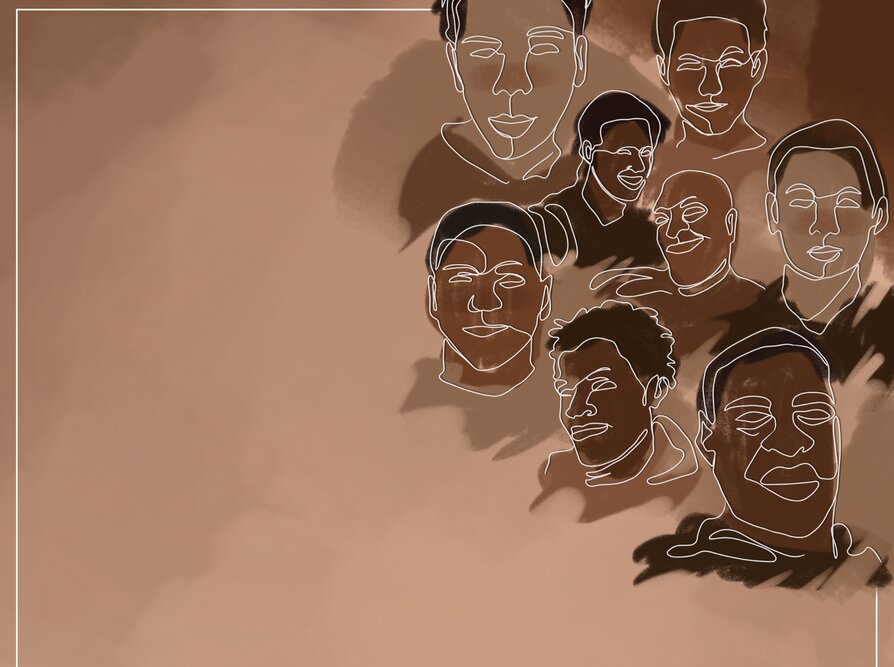
It was in the evening of February 26, 2012, when Trayvon Martin unknowingly spent the last few moments of his life walking home. George Zimmerman, a volunteer neighborhood-watcher, spotted the 17-year-old African-American and it was in that moment he concluded to himself that Martin looked suspicious. When he dialed 911, Zimmerman followed the boy despite the dispatcher advising him not to.
When a confrontation ensued between the two, Trayvon was shot dead.
Martin’s death was the nail in the coffin for a lot of African-Americans and when Zimmerman was acquitted of all charges, the Black Lives Matter movement began. Initially stemming from the unjust murder of an unarmed Martin, the movement called for the end of police brutality on African-Americans.
His death was one among many of black Americans killed by the hands of police.
21 years ago, Amadou Diallo—a 23-year-old immigrant from Guinea—was shot outside his home as four policemen believed him to be a rape suspect from a year prior. He was shot 41 times. The four policemen were declared ‘not guilty’ in the trial for Diallo’s death.
In 2014, Eric Garner uttered the words “I can’t breathe,” as he was held in a chokehold by NYPD officer Daniel Pantaleo. When Garner was admitted to the hospital after the altercation, he was declared dead. It was only in 2019—five years later—that Pantaleo was fired, but the Justice Department announced that they would not press charges against him.
In the same year of Garner’s death, John Crawford was gathering some snacks for a family gathering. While scouring the aisles of the store, he sees a toy gun for sale and picks it up as he continues shopping. A man sees Crawford and calls 911, suspecting the gun to be real. When the police arrive, the officer shoots Crawford and he dies shortly after. Officer Sean Williams was not indicted.
This year marks another critical moment for the Black Lives Matter movement as video of police arresting George Floyd goes viral on the internet. He was accused of passing a counterfeit $20 bill when police arrested him. Officer Derek Chauvin is seen pressing his knee on Floyd’s neck in order to immobilize him. Floyd pleaded with the officers, repeating the same words Garner said in his last moments: “I can’t breathe.”
Floyd’s death caused an uproar not only in the United States, but international outrage ensued. Protests occurred globally as people fought for the conviction of Derek Chauvin and the three accompanying officers who did nothing to help Floyd breathe.
Police killings in the Philippines
The police institution’s abuse of authority poses a major threat to the citizens they are meant to protect. In the Hong Kong protests, a person had spray-painted the question that now lingers in people’s head, “Who do you call when the police murders?”
With the war on drugs campaign that was heavily endorsed by Philippine President Rodrigo Duterte, extra judicial killings (EJKs) have taken place in order to rid the country of drug dealers. Police forces were also given a goal to reach when it came to the death of drug dealers. The abuse of authority in the Philippines amid the drug war was an especially brutal one with the United Nations estimating the death toll to be in the tens of thousands as of June 2020. At least 73 of those who were killed were children.
The UN Human Rights council voted to investigate the killings from the drug war, with the Philippine government rejecting the resolution, citing it to be “ill-advised” and “politically motivated.” The report showed that police would regularly raid homes without warrants and coerce the suspects into making self-incriminating statements. Proof has also suggested police in planting guns to further incriminate the suspect.
The government also rejects this, saying all deaths occur during legitimate police operations.
During a drug operation in Barangay 160, Caloocan, police officers shot and killed Kian delos Santos, an 11th grade student. The police officers suspected delos Santos to be a drug runner and claimed that the boy had shot first, prompting the officers to shoot back. Filipinos expressed their outrage over the killing as protests and rallies began in the following days. The death of delos Santos was seen as a result of the flawed and detestable handling of authorities over the citizens. The policemen were found guilty of murdering delos Santos over a year after the shooting.
Similar to the police killings of black Americans, Kian was one victim out of the thousands that were killed under Duterte’s administration.
Carl Arnaiz, 19, was shot by police officers as they claim he exhibited unlawful aggression, prompting them to shoot the teenager. Although, forensics contradicted this when it was found that Arnaiz’s body displayed signs of torture and that he was kneeling when he was shot.
Authority in a global health crisis
In the time of the Covid-19 pandemic and the implementation of lockdowns all over Luzon and more parts of the Philippines, another citizen fell victim to the mishandling of authority. Winston Ragos was a discharged soldier who was mentally ill after serving time battling communist guerrillas.
As he was at a store near a quarantine control point, police officers shot him as he reached into his sling bag, thinking it’d be a gun. Video of the incident circulated the internet and witnesses can be heard yelling at the officers for immediately using force. Winston Ragos was declared dead later that afternoon. He was only 33-years-old.
Their names are: Trayvon Martin, Amadou Diallo, Eric Garner, John Crawford, George Floyd, Kian delos Santos, Carl Arnaiz, and Winston Ragos. They are only a handful of people who have undergone the barbarity of a prejudiced authority. With the Anti-Terror Bill looming upon us, it is essential that we must confront those that threaten to strip us of our right to speak out on the injustice faced by our people.
Art by Hedy Hazelene Pico
